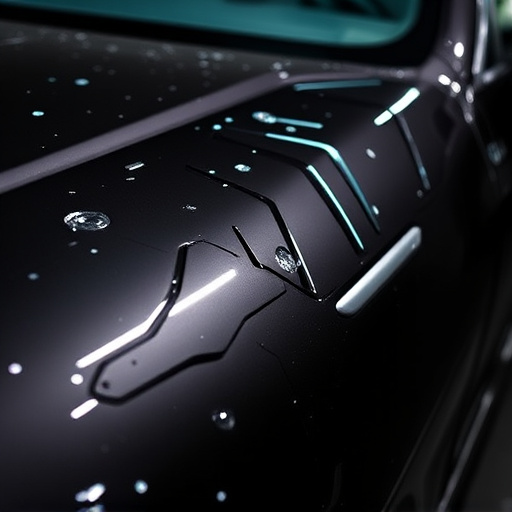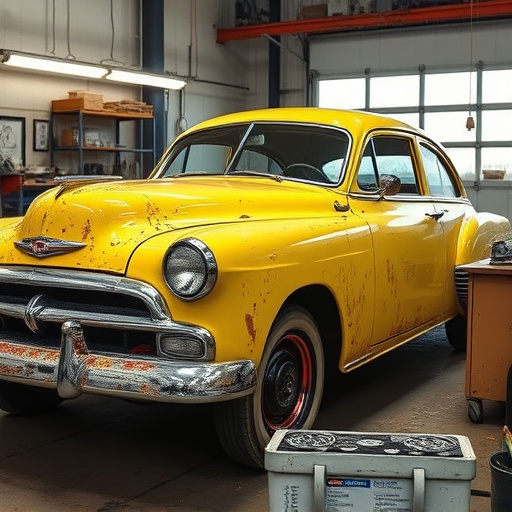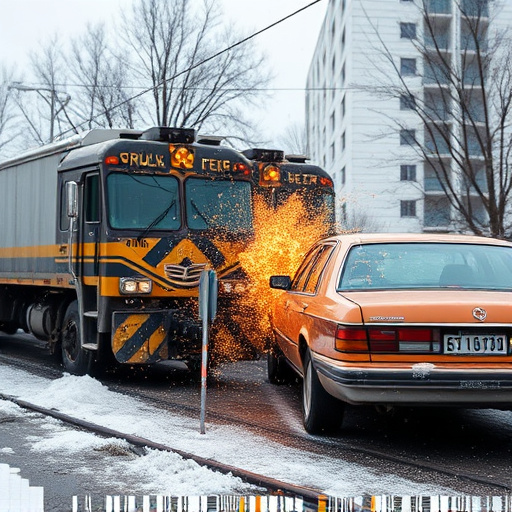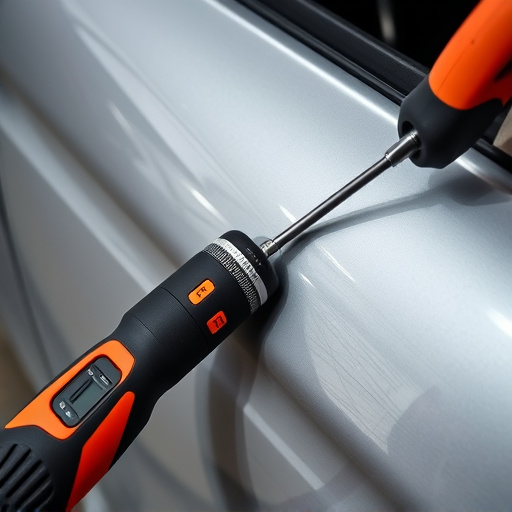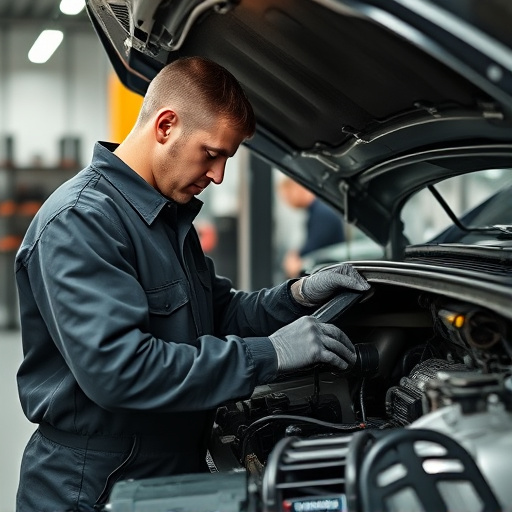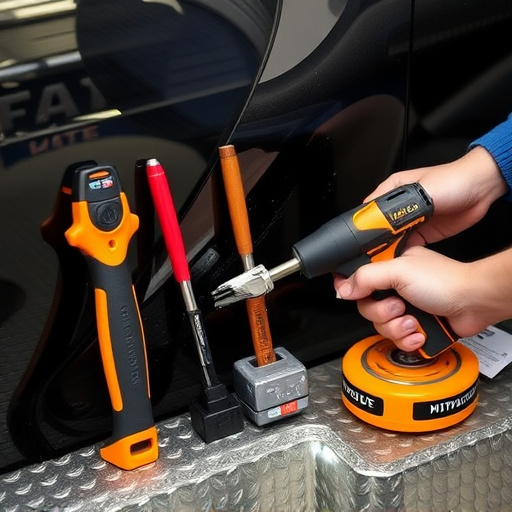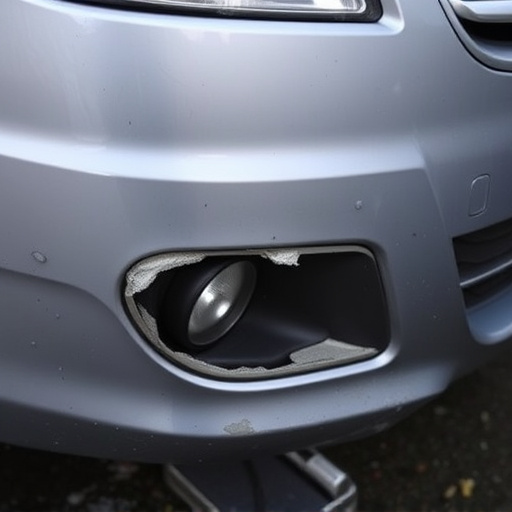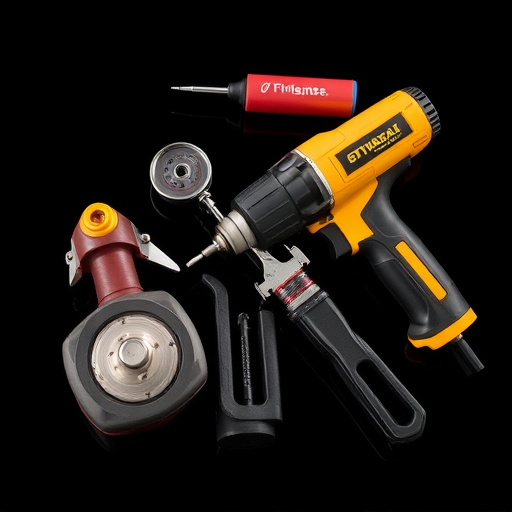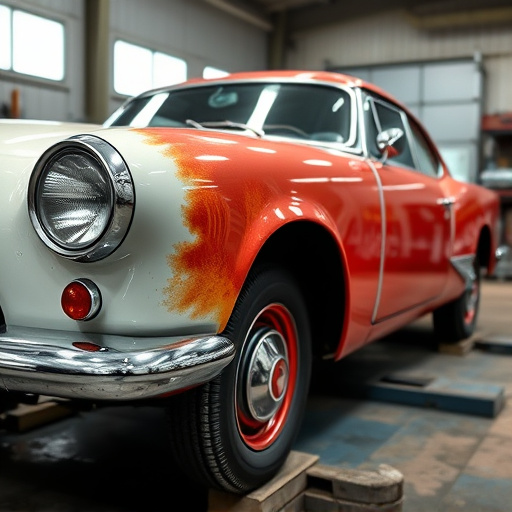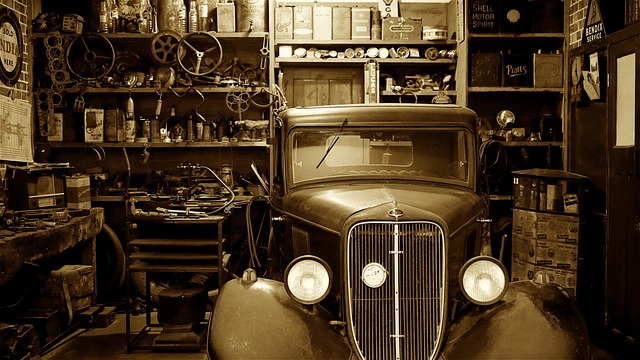High-Strength Steel (HSS) is a game-changer in car collision repair, offering enhanced structural integrity, improved crash performance, and superior safety due to its exceptional strength and heat resistance. This specialized alloy enables efficient, durable, and precise high-strength steel repair, maintaining or exceeding pre-accident structural strength. Skilled professionals use advanced methods like frame straightening to restore cosmetic and structural soundness, preserving vehicle value and longevity. HSS provides longer-lasting and cost-effective auto body work and fender repairs compared to traditional steel, ultimately saving time and money for repair shops and owners.
High-strength steel repair is an essential consideration for ensuring structural integrity and longevity in construction. This robust material offers superior strength, durability, and resistance to corrosion compared to conventional steel. Understanding its unique properties and advantages is crucial for navigating the challenge of repairs.
In this article, we explore why high-strength steel repair is vital, focusing on its impact on structural stability, extended lifespan, and cost-effectiveness.
- Understanding High-Strength Steel: Properties and Advantages
- The Impact of Quality Repair on Structural Integrity
- Longevity and Cost-Effectiveness: A Case for High-Strength Steel Repair
Understanding High-Strength Steel: Properties and Advantages
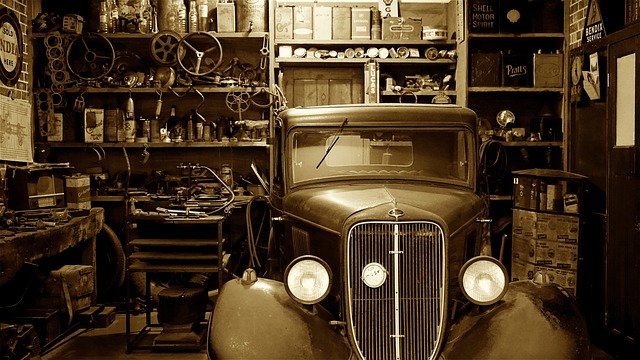
High-Strength Steel (HSS) is a specialized alloy designed to offer exceptional strength and durability while maintaining excellent formability and weldability. Its unique properties make it an indispensable material in various industries, including automotive repair, particularly for vehicle collision repair and car body repair. HSS boasts a higher yield strength than conventional steels, enabling it to withstand extreme forces without deforming or failing.
In the context of car collision repair, using high-strength steel can significantly enhance the structural integrity of vehicles post-repair. Its superior strength translates to better crash performance and improved safety for occupants. Moreover, HSS’s ability to retain its properties at elevated temperatures makes it ideal for complex fabrication processes often required in precise car body repair. This material’s versatility allows for more efficient and durable repairs, ensuring vehicles return to their pre-accident condition or even surpass it in terms of structural strength.
The Impact of Quality Repair on Structural Integrity
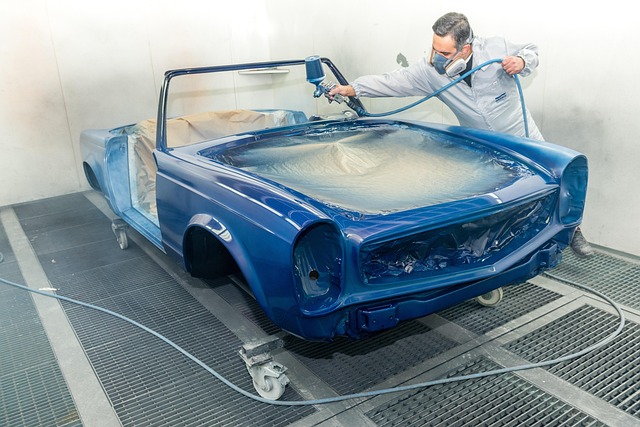
The quality of repair plays a pivotal role in maintaining the structural integrity of high-strength steel components. When a car or vehicle undergoes damage, whether from an accident or routine wear and tear, proper repair techniques are essential to ensure its long-term performance and safety. High-strength steel repair, when executed by skilled professionals using advanced methods, can restore the structural strength and stability of the affected areas. This is particularly crucial for modern vehicles that often feature high-strength steel frames and bodies, designed to enhance safety standards.
Frame straightening, as part of high-strength steel repair, involves accurately realigning the vehicle’s frame to its original specifications. This process not only addresses cosmetic issues but also ensures the structural integrity of the car body shop repairs. Auto body restoration techniques that incorporate high-quality materials and precision work can revive the structural soundness of damaged vehicles, making them as safe and reliable as new. Such restorative practices are vital for preserving the value and longevity of vehicles, especially in the competitive auto industry where first impressions matter.
Longevity and Cost-Effectiveness: A Case for High-Strength Steel Repair

High-strength steel repair offers a compelling case for enhanced durability and cost-effectiveness in various applications, particularly in the realm of auto body work and fender repair. Traditional methods often rely on standard steel, which, while sturdy, may not withstand the rigors of modern vehicular demands, especially in collision scenarios. High-strength steel, as the name suggests, provides superior tensile strength, allowing for more robust and long-lasting repairs.
By opting for high-strength steel repair, auto maintenance professionals can achieve stronger and more durable fixes. This is especially beneficial for complex auto body work, where structural integrity is paramount. Not only does it extend the lifespan of vehicles, but it also reduces the need for frequent replacement, making it a cost-smart choice in the long run. This approach ensures that vehicles return to the road safer and more reliably, saving time and money for both repair shops and vehicle owners alike.
High-strength steel repair is not just a choice; it’s a necessity for ensuring structural integrity and longevity. By utilizing advanced steel properties, repairs can withstand extreme forces, enhancing building durability and safety. This cost-effective solution offers a long-lasting fix, making it an ideal game-changer in the construction industry. Embracing high-strength steel repair is a step towards a more robust and sustainable built environment.


